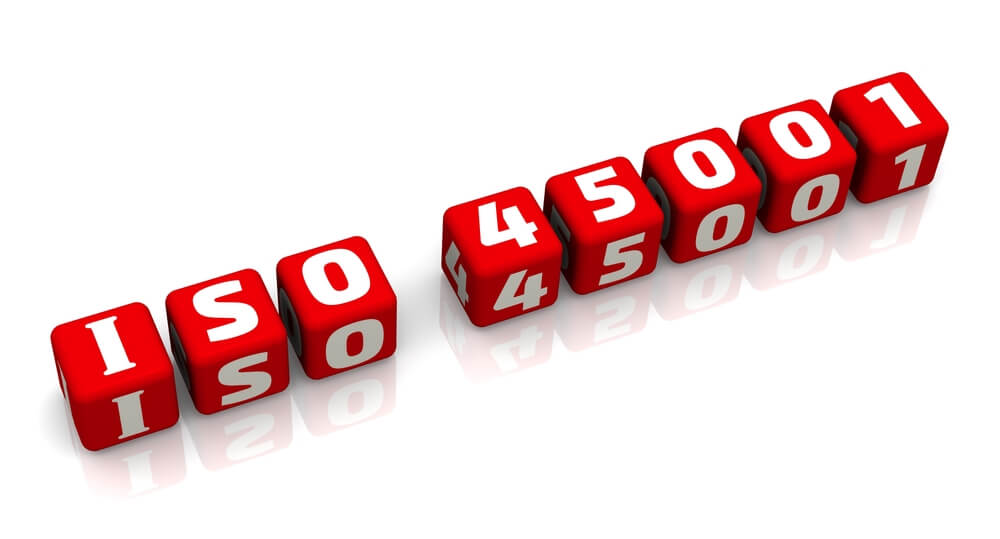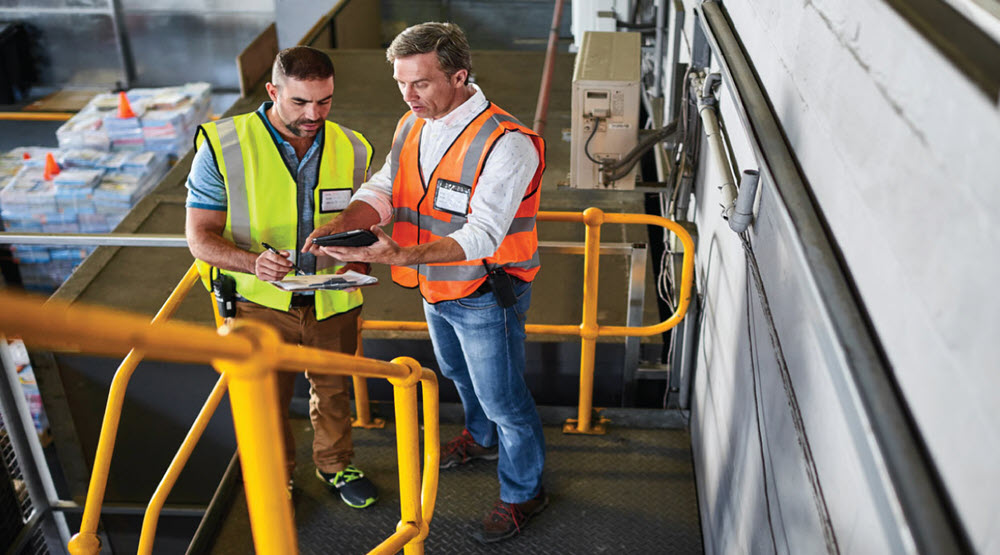Proper organization and long-term planning is required when setting up an efficient equipment calibration program under ISO 9001.
Ever since precise quality systems became a major part of production, clear requirements for a calibration program have characterized main problems for both large and small organizations. Popular quality systems like the ISO 9001 impose these calibration requirements well in their evaluation; however, it is not possible to evaluate everything in the process of an audit. Companies themselves have to make sure that they set up an efficient equipment calibration program. Below are the fundamentals for setting up efficient equipment calibration;
Begin Simple with the Equipment Calibration Program
As stated earlier, when setting up and efficient equipment calibration program under ISO 9001, proper organization and long-term planning is required. A calibration program is complex enough, therefore, the simpler the program, the easier it will be to maintain it as maintenance is an essential factor of an efficient calibration program once it has been created.
As the initial step to setting up an efficient equipment calibration program, all your gauges including every measurement devices have to be controlled. To efficiently carry this out, each of the gauges must be separately identified. This can be done by making use of an internal gauge system of identification. Just allocate an ID number to each gauge and display this ID number on the gauge with the use of a tag or sticker or even etching, engraving or bar coding it. The manner in which your gauges are identified is simply dependent on the number and the type of the gauge in the system. If your organization makes use of a lot of gauges, the identification process will definitely take some time however, it is very essential.
After the identification process is complete, the status of the gauge has to be determined as reference, active or inactive. Reference gauges are those identified within the system however, they do not affect the quality of products. All gauges used in reference applications should be indicated as such. Gauges with active status are those which are regularly used and have direct impact on the quality of products. Finally, inactive gauges which are usually replacements or spares are a component of the calibration system but await the active status. In addition, as soon as an inactive gauge becomes active, it has to have an effective record of calibration before it is utilized.
As soon as statuses have been allocated to all the gauges, a calibration schedule for all the active and inactive gauges should be developed. The schedule which is typically every year for a lot of organizations should be solely based on how often a gauge is utilized and the working conditions. The more it is being used and the tougher the working conditions, the more frequently the gauge should be calibrated.
Another essential detail in setting up an efficient equipment calibration program under ISO 9001 is the documentation of every gauge’s location and limitations. Tolerances have to be identified as gauges are not perfect. Also, it is important to maintain total control over every gauge. Therefore, every gauge’s location in the working environment has to be tracked and documented. This also includes every gauge owned by employees.
Assess Prospective Laboratories
The next step in setting up an efficient equipment calibration program under ISO 9001 after you have determined the status, identification, tolerances, calibration schedules and locations for every gauge, is to establish who would carry out the real calibration. Will the calibration be carried out internally by a competent technician or perhaps by an external calibration laboratory? The following criteria must be the basis of your decision;
- Do you possess the right environment to carry out valid calibration?
- Do you possess the right equipment and also the standards that can be traced to a national or an international organization like the National Institute of Standards & Technology?
- Do you possess qualified and competent technicians to carry out the calibration?
- Do you possess the right standards and resources?
Take Care of Every Detail
The last phase of setting up an efficient equipment calibration program involves finding out the type of records or calibration that will be kept on file. Typically, the most common is the long form certification. Data for each performed test is included in this certification. Also, it is the most accepted form by standard quality systems. The other type of certification is the compliance certification or the short form. This type of certification merely proves that the gauge has been calibrated according to national or international organization standards.
Setting up an efficient equipment calibration program takes time. It cannot be rushed as patience and planning are the main requirements in establishing an efficient equipment calibration program. Simple details such as status, identification, calibration, tolerances, sources, calibration schedule, organizational system, certification type gets overlooked sometimes but are essential to a proper working system.
If you are looking to implement a calibration system for your equipment or a ISO 9001 quality management system, then contact us for a free and no obligation consultation on how we can support your organisation.


















